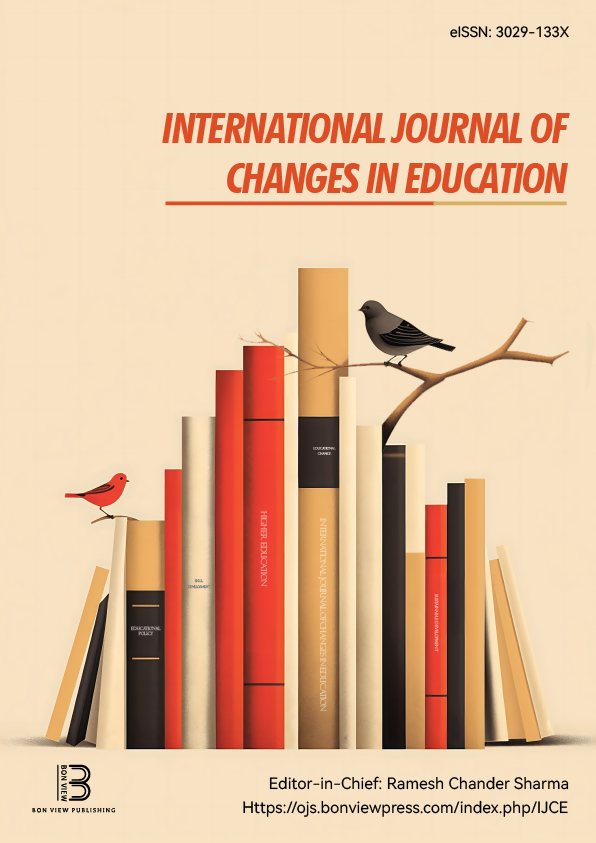Reconsidering ‘Culture’ in Teaching Japanese as a Foreign Language: Towards Better Intercultural Communication
Nobumi Kobayashi, Snow Monkey and Bee (SMAB) (United Kingdom)
Abstract
Culture is considered vital in understanding language, as it shapes how we communicate (Kramsch, 1993).Yet in Japanese language education, culture has been treated as problematic and has not been incorporated to aid learners.The existing body of literature frames culture as a political issue:
something to be managed rather than a key to understanding the language (Matsumoto & Okamoto, 2003). The concern has been “essentialist” representations of Japanese culture, revolving around nihonjinron as a nationalistic construct. Here, they treat language as the medium for such narratives and argue for moving “beyond stereotypes” toward diversity and globalisation. The main problem is the standardised language taught under the Japanese Language Proficiency Test at the elementary level.This variety is culturally European, essentially a written form constructed through significant grammatical borrowing from English in the 19th–20th centuries (Miura, 1979). The grammar-driven approach exacerbates the problem, since the grammar itself has been 'Europeanised', leaving little room for Japanese culture.This paper maintains that the system does not support most learners who wish to speak and understand spoken Japanese and suggests the use of authentic materials.
Everyday Japanese relies on features unexplained by Western grammar, including incomplete sentences and sentence-final particles, whose meanings are inseparable from cultural values.
Drawing on historical documentary research and textual analysis of transcripts from short videos and anime, it highlights differences between formal Japanese taught and the language Japanese people
use. Treating language itself as a cultural artefact, it shows that only by observing language in use can we grasp the cultural patterns that grammar alone cannot explain.
Keywords: authentic materials; spoken Japanese; Europeanisation of language and grammar; language as cultural artefact
REFERENCES
[1] Kramsch, C. (1993). Context and culture in language teaching. Oxford: Oxford University Press.
[2] Matsumoto, Y., & Okamoto, S. (2003). The construction of the Japanese
language and culture in teaching Japanese as a foreign language. Japanese
Language and Literature, 37(1), 27–48.
[3] Miura, A. (1979) ‘The Influence of English on Japanese Grammar, The Journal of the Association of Teachers of Japanese, Vol.14, No1: pp.3-30.
 Innovation in Language Learning
Innovation in Language Learning





























